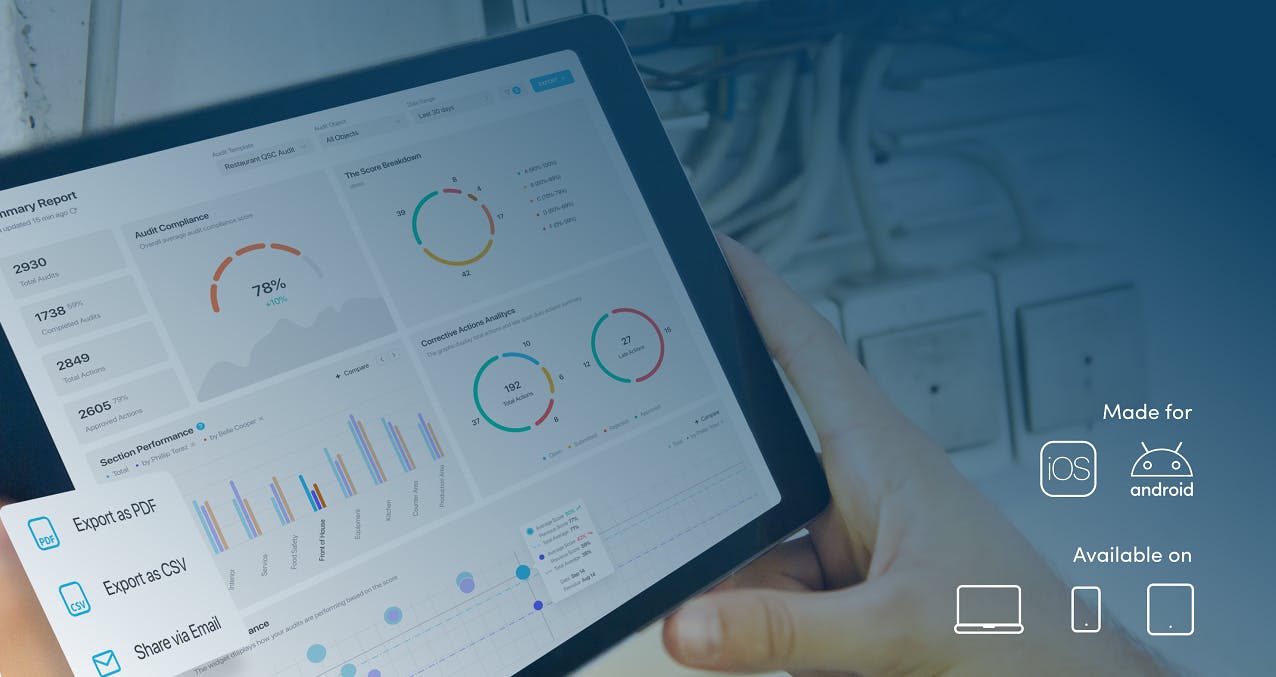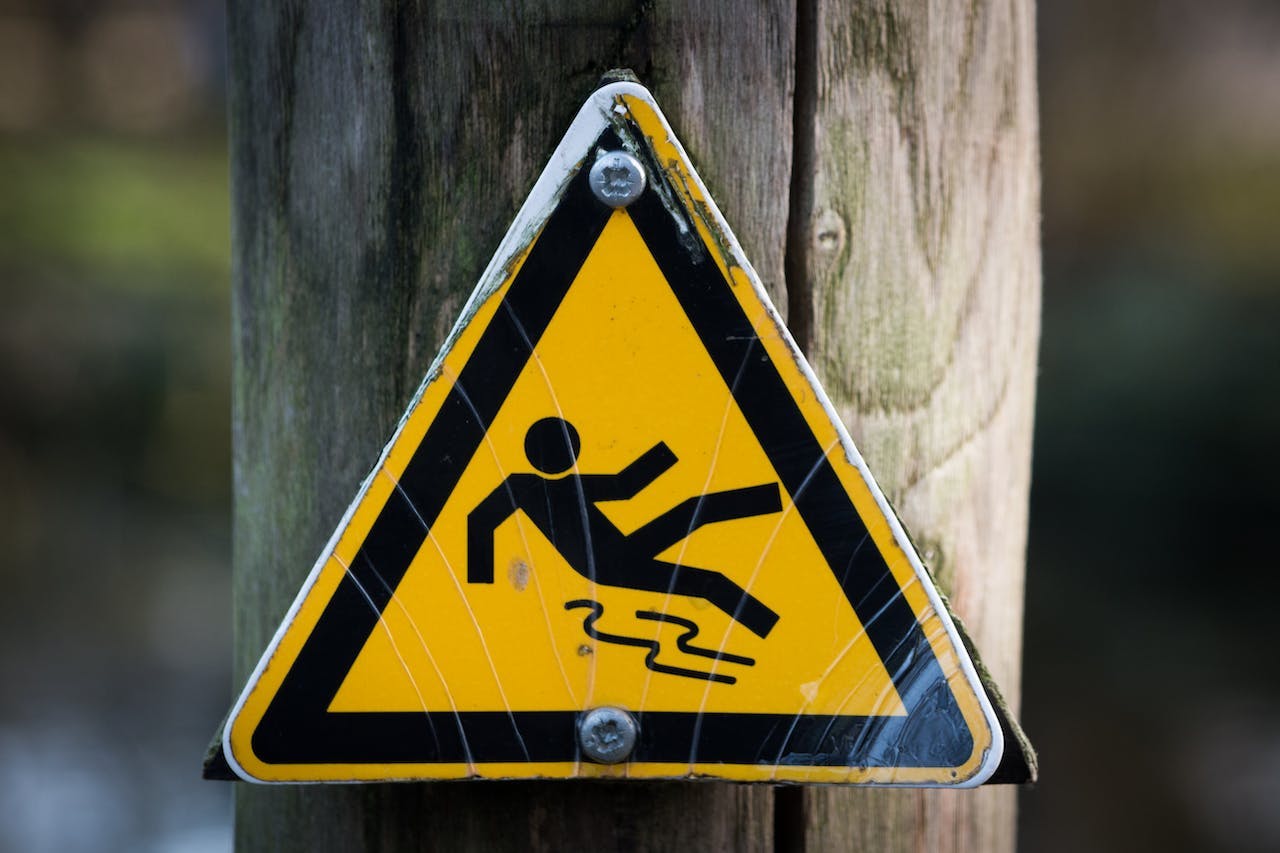EHS—standing for Environmental, Health, and Safety—constitutes the three areas of legal compliance businesses need to achieve.
While it’s not uncommon for management teams to misunderstand the gravity of EHS, what we do know is clear. The modern workplace must tie together all aspects of compliance, from environmental factors to health and safety.
It’s essential for management teams to allocate enough time and budget to ensure these essential aspects of compliance are properly addressed, especially if they want to achieve operational excellence.
So, why does EHS compliance matter? Read on to learn more about the basics of EHS compliance, what it covers, and other key insights.
What Does EHS Cover And Why Does It Matter?
Laws and industry standards dictate how businesses should address the environmental, health-related, and safety risks inherent in many industries. These regulations help protect workers and the environment as companies are going about their regular operations.
The firms that fail to address EHS compliance and end up suffering from incidents are at risk of monetary fines, legal sanctions, and a loss in trust amongst consumers and business partners. By starting an initiative to address EHS concerns, you are not only boosting your reputation in your market but also helping to avoid costly incidents in the future.

What Are Some Examples of EHS Regulatory Bodies?
Businesses are responsible for their own compliance postures, so it makes sense that management teams need to study up on the relevant regulations applicable to their companies.
OSHA
One of the most popular EHS regulatory bodies is OSHA, the Occupational Safety and Health Administration. Employers are responsible for providing a safe work environment free of hazards and supplied with well-maintained tools and equipment.
OSHA compliance involves safe handling of potentially dangerous materials, equipment inspections, and regular checkups of staff health.
EPA
The Environmental Protection Agency (EPA) addresses environmental concerns and risks, such as the use of toxic chemicals, climate change, and waste disposal.
Construction firms, for instance, must work directly with the government when planning out projects with potential air emissions. The Clean Air Act requires you to submit a permit application before undergoing such a project, and there’s always a chance you will have to make modifications to your planning.
Getting this process done early on and in due time is paramount for avoiding costly legal delays, which in turn can result in lost revenue when the project cannot be completed on time.
Other Industry-Specific EHS Rules
Expect specific industries to have their own governing bodies and set of laws to follow. For instance, look at the Mine Safety and Health Administration (MSHA) that mining firms must follow. From miners’ rights to injury reporting to prevention protocols, MSHA is a major component of the U.S. Department of Labor’s EHS standards.

How To Build EHS Into Your Corporate Culture
As EHS regulations increase in size and complexity, it can be a challenge keeping up with these new developments and tuning your workflow to ensure compliance. The following are steps in a typical EHS compliance initiative.
- Identify the regulations: Finding out which laws are applicable to your business is often the first step. Depending on your specific industry as well as the countries you plan on operating in, pick out the regulations you need to keep track of.
- Understand the requirements: Laws can control anything from your choice of raw materials to your emissions and employee safety protocols. Know what the law asks of you.
- Prove your compliance: EHS self-assessments, which often take the form of internal audits, are a way to verify your own compliance with EHS laws. Being able to demonstrate your dedication to EHS adherence will greatly reduce your chance of being hit with a fine or sanction.
- Establish a process: In addition to tweaking internal operations, you also need to assign the responsibility of maintaining compliance to certain managers in your business, as well as come up with procedures and corrective actions whenever non-compliance issues do pop up.
- Track developments in EHS law: Changing regulations are a common “gotcha” in compliance departments, so allocate the responsibility of tracking changes in the law to specific individuals on your compliance team. Evolving your operating procedures to match up with new laws is part of the job.
While it may sound like a lot of work, protecting yourself from the consequences of non-compliance is actually not too expensive nowadays thanks to EHS management software.
Empowering Workplace Compliance with EHS Software
Like many business workflows, compliance can be empowered by software, hence why investment into digital transformations has reached $2.5 trillion worldwide. The specific benefits of using software for EHS compliance include:
- Boosting awareness: EHS software constantly scans your organization for potential risks and EHS concerns and diverts your staff members to address them promptly. The result is higher productivity while still achieving a lower rate of incidents.
- Making audits easier: Governments are known for their surprise audits, and even preparing for your own auditing procedures can result in a boost to your overall compliance record. While using spreadsheets works out for smaller companies, you will need a more scalable and less error-prone solution as your company grows. Software tools have been found to automate certain reporting and data collection tasks.
- Tracking progress: Software is incredibly fast at collecting metrics on your key performance indicators and notifying the stakeholders of certain milestones and concerns.
Of course, we aren’t even talking about the intangible benefits of boosting workflow efficiency with software, such as the improved morale amongst workers and more confidence behind management capabilities.
Those in the market for EHS compliance software should be keeping an eye out for certain features and services:
- Coverage for health, safety, and general risk management
- An option to create an action plan to help prevent incidents
- Scalability so that the solution evolves as your company does
- Technical support from the vendor to help cover downtime and troubleshooting
EHS software specifically makes adherence to relevant regulations easier and more comprehensive. The companies that deploy such solutions have more awareness of their own safety standards and can find ways to cut down costs without sacrificing the quality of their audits.

Streamline Your Auditing & Compliance Processes with monitorQA’s EHS Compliance Software
EHS compliance is something all businesses need to consider if they want to achieve operational excellence and ensure long-term sustainability within their industry.
Are you concerned about EHS risks and hope to boost your compliance posture to help fuel future growth? monitorQA can help.
Book a demo today and see how our intuitive, mobile-first EHS compliance software is being used by companies across a multitude of industries to boost compliance through enhanced visibility, collaboration, and analytics.
last modified:09.17.24
Recent Posts

OSHA Ladder Safety 101: How to Meet OSHA Standards and Keep Your Workers Safe

Car Wash Safety: Regulations & Best Practices You Need to Know

Fall Hazards At Work: How To Keep Your Employees Safe

The High Price of Neglect: OSHA Violations and Penalties

Expert Advice on Preventing Workplace Electrical Hazards

Slips, Trips and Falls in the Workplace: Best Practices

HSEQ Audit: The Complete Guide

Keeping Up With Compliance Trends 2024

Improve Safety: Inspection Management Software Benefits

Promoting Safe and Productive Working Environments: Occupational Health & Safety Tips to Consider
